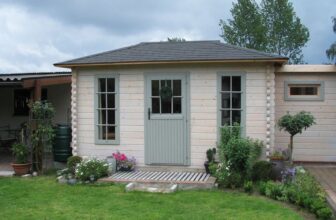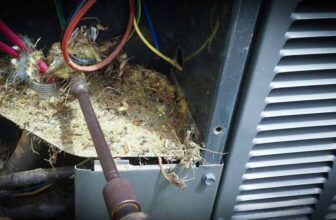
Key Takeaways:
- Burst pipes can cause extensive water damage, costly repairs, and disruptions to daily life.
- Common causes of burst pipes include freezing temperatures, age and deterioration, high water pressure, and improper installation.
- Burst pipes can lead to flooding, structural damage, mold growth, and health risks.
- Signs of a burst pipe include decreased water pressure, damp walls or ceilings, strange noises, and increased water bill.
- Emergency steps to take include shutting off the water supply, minimizing water damage, and contacting a professional plumber.
- Temporary DIY techniques for burst pipe repair include using a pipe clamp or rubber patch, epoxy or sealant, and self-amalgamating tape.
- Professional techniques for effective and long-term burst pipe repair include pipe replacement, leak detection tools, and proper pipe insulation.
Table of Contents
1. Understanding Burst Pipes ─ Causes and Consequences

Source: bigblueplumbing.au
Burst pipes can be a homeowner’s worst nightmare. Not only can they cause extensive water damage, but they can also lead to costly repairs and disruptions to your daily life. Understanding the causes and consequences of burst pipes is essential for homeowners to take preventative measures and address the issue promptly.
Let’s take a closer look at the common causes of burst pipes and the dangers they can pose.
The Common Causes of Burst Pipes
Burst pipes can occur due to various reasons, but some of the most common causes include freezing temperatures, age and deterioration, high water pressure, and improper installation. Freezing temperatures can cause water inside the pipes to freeze, leading to increased pressure and eventual pipe rupture.
Aging pipes made of materials such as galvanized steel or cast iron are more prone to corrosion and decay, making them susceptible to bursting. High water pressure can strain pipes, causing them to weaken over time. Improper installation, including issues with pipe joints and fittings, can also contribute to burst pipes.
The Dangers and Consequences of Burst Pipes
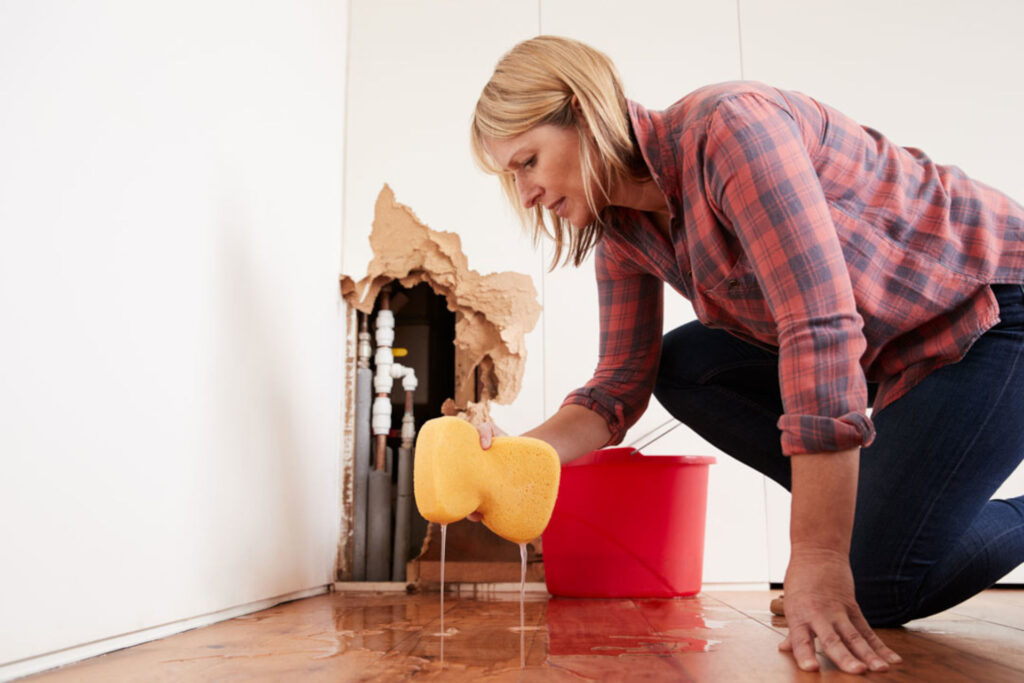
Source: conradmartens.com.au
The consequences of burst pipes can be significant and far-reaching. The immediate danger is the potential for extensive water damage to your home and belongings. Burst pipes can release hundreds of gallons of water per hour, leading to flooding, structural damage, and the growth of mold and mildew.
This can compromise the integrity of your home’s foundation, walls, and flooring, and also pose health risks. In addition to property damage, burst pipes can disrupt your daily life, requiring costly repairs, and causing inconveniences such as water supply disruptions and the need to temporarily vacate your home during repairs.
Signs to Look Out for to Identify a Burst Pipe
Identifying a burst pipe early on can help minimize the damage and facilitate prompt repairs. Some signs to look out for include a sudden decrease in water pressure, damp or discolored walls or ceilings, strange noises coming from pipes, and an unexpected increase in your water bill.
If you notice any of these signs, it is crucial to take immediate action to prevent further damage and complications.
2. Emergency Steps to Take When Dealing with a Burst Pipe
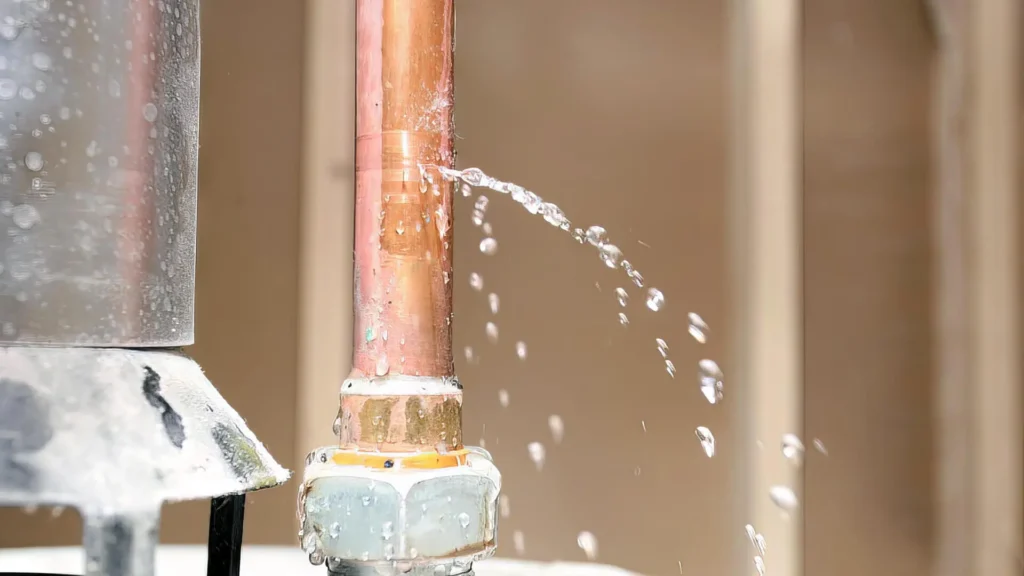
Source: bigblueplumbing.au
When faced with a burst pipe, it’s important to act quickly to minimize the damage and protect your property. Taking the following emergency steps can help you mitigate the immediate consequences of a burst pipe while waiting for professional assistance.
Shutting Off the Water Supply
The first step you should take when dealing with a burst pipe is to shut off the water supply to your home. Locate the main water shut-off valve, usually found near the water meter or where the main water line enters your property. Turning off the water supply will prevent further water flow through the burst pipe, minimizing the amount of water damage.
Minimizing Water Damage
Once you have shut off the water supply, it is important to minimize water damage as much as possible. Start by draining the remaining water from the plumbing system by opening all faucets and flushing toilets. Next, remove any standing water using towels, mops, or a wet/dry vacuum. Place buckets or containers under the burst pipe to collect any water still leaking.
Contacting a Professional Plumber
After taking immediate steps to prevent further damage, it is crucial to contact a professional plumber to assess and repair the burst pipe. Burst pipes require specialized knowledge and equipment to fix properly.
A professional plumber will be able to identify the cause of the burst pipe, recommend the most appropriate repair method, and ensure that your plumbing system is restored to its optimal condition.
3. DIY Techniques for Temporary Burst Pipe Repairs
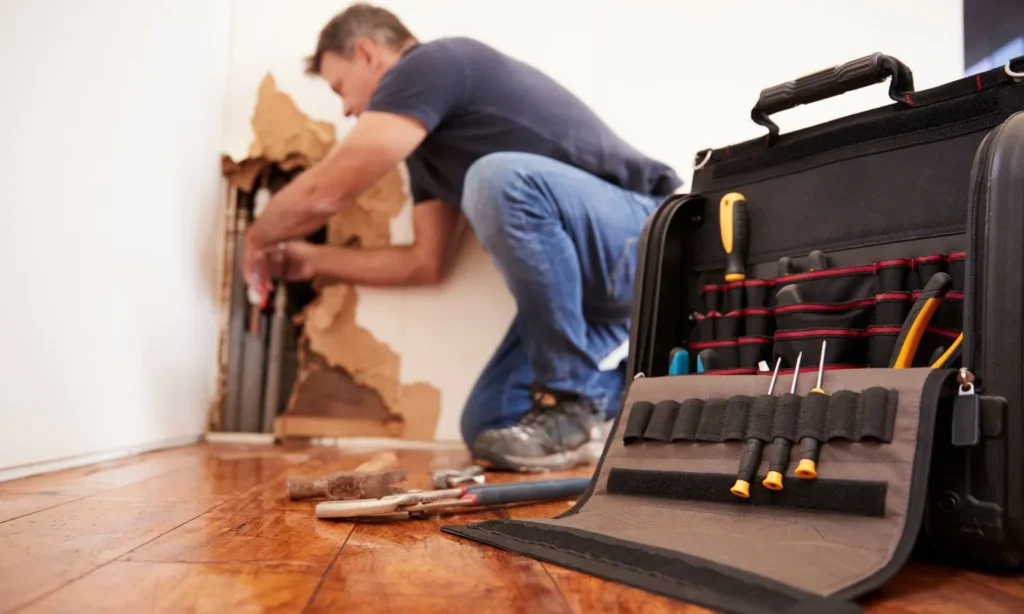
Source: plumbworksinc.com
While it is always best to seek the assistance of a professional plumber for burst pipe repairs, there are some temporary DIY techniques that can help minimize water damage in emergency situations. These techniques can provide a temporary solution until a professional can address the issue permanently.
Using a Pipe Clamp or Rubber Patch
One temporary repair option is to use a pipe clamp or a rubber patch to seal the burst pipe. A pipe clamp is a metal device that can be tightened around the damaged section to stop the leak temporarily.
Alternatively, a rubber patch, along with a hose clamp or duct tape, can be used to cover the burst area and provide a temporary seal. These methods are not permanent solutions but can provide temporary relief until a professional arrives.
Using Epoxy or Sealant as a Quick Fix
Another temporary DIY technique is to use epoxy putty or pipe sealant to seal the burst pipe temporarily. Epoxy putty is a two-part epoxy resin that can be kneaded together and applied to the damaged area.
Pipe sealant, such as Teflon tape or pipe dope, can also be used to create a temporary seal. These methods should only be used as a short-term solution and should not replace professional repairs.
Wrapping the Pipe with Self-Amalgamating Tape
Self-amalgamating tape is a rubber tape that fuses to itself when stretched and wrapped around a pipe. It can be used as a temporary solution to seal a burst pipe until proper repairs can be made.
To use self-amalgamating tape, start by cleaning and drying the damaged area. Stretch the tape and wrap it tightly around the burst pipe, overlapping the layers to create a watertight seal.
4. Professional Techniques for Effective and Long-Term Burst Pipe Repair
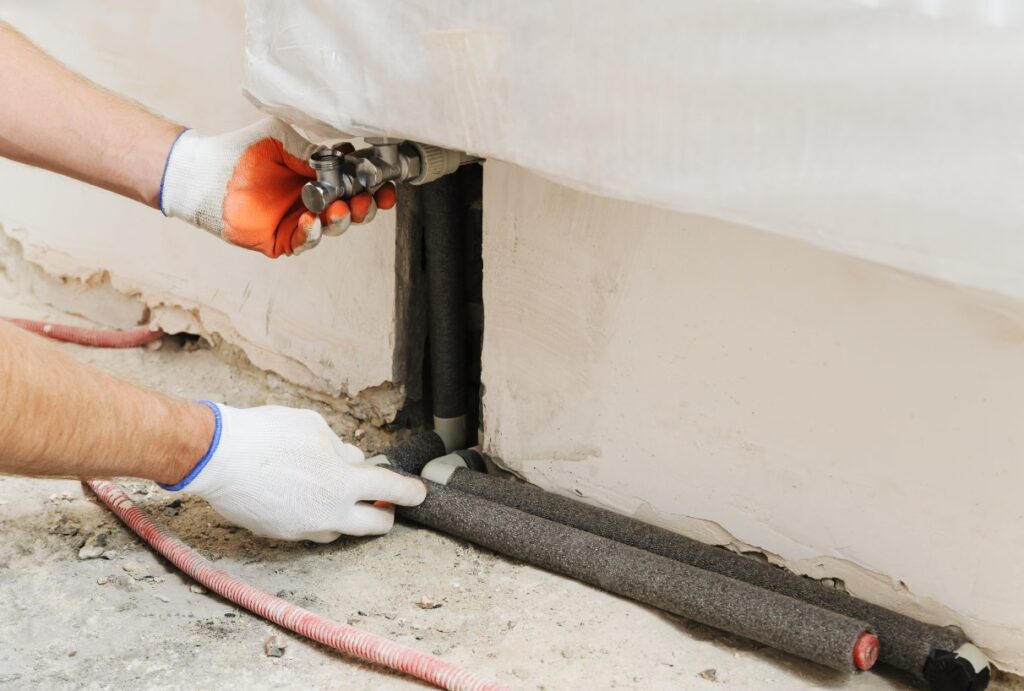
Source: nidirect.gov.uk
While temporary DIY techniques can provide temporary relief, it is essential to enlist the help of a professional plumber for effective and long-term burst pipe repair. A professional plumber will employ specialized techniques and tools to address the root cause of the burst pipe and ensure a durable repair that will prevent future occurrences.
Here are some professional techniques commonly used for burst pipe repair.
Pipe Replacement or Sectional Repair
In some cases, the best solution for a burst pipe may be to replace the damaged section or even replace the entire pipe. A professional plumber will assess the extent of the damage and determine if pipe replacement is necessary.
By replacing the damaged section or the entire pipe, the risk of future burst pipes is significantly reduced, ensuring a long-term solution.
Using Leak Detection Tools for Precision Repair
In situations where the burst pipe is not easily visible, professional plumbers can use advanced leak detection tools to pinpoint the exact location of the leak. These tools include thermal imaging cameras, acoustic leak detectors, and moisture meters.
By accurately identifying the source of the problem, plumbers can make precise repairs, preventing further damage and unnecessary digging.

Source: leaktracersdirect.co.uk
The Importance of Insulating Pipes to Prevent Bursting in the Future
To prevent future burst pipes, it is crucial to insulate your pipes properly, especially in areas prone to freezing temperatures. Pipe insulation helps maintain stable temperatures, preventing water from freezing inside the pipes. Insulation materials include foam sleeves, fiberglass wraps, and heat tape.
Additionally, proper insulation can also reduce heat loss in hot water pipes, improving energy efficiency.
In conclusion, burst pipes can have severe consequences for homeowners, leading to extensive water damage and costly repairs. Understanding the causes and taking preventative measures is crucial to avoid such incidents. In the event of a burst pipe, taking immediate emergency steps and seeking professional assistance is essential.
While temporary DIY techniques can provide temporary relief, professional techniques and long-term repairs are necessary for a durable solution. By being proactive and addressing burst pipes promptly, homeowners can protect their property and prevent further complications.



